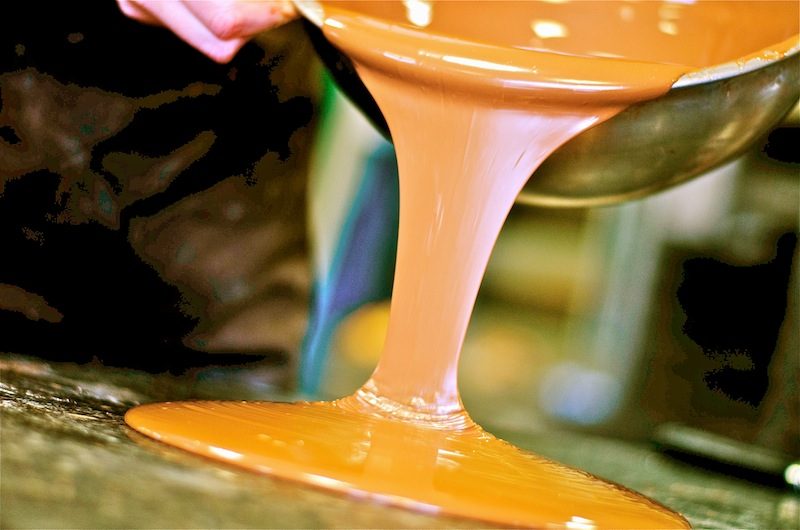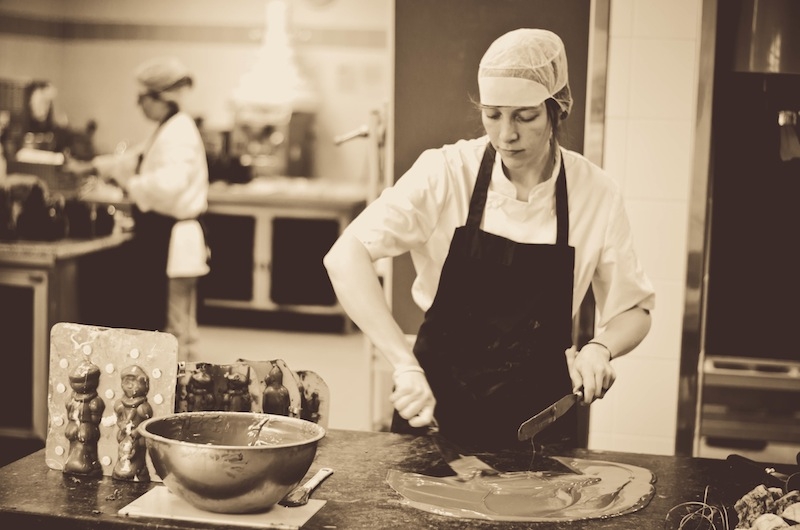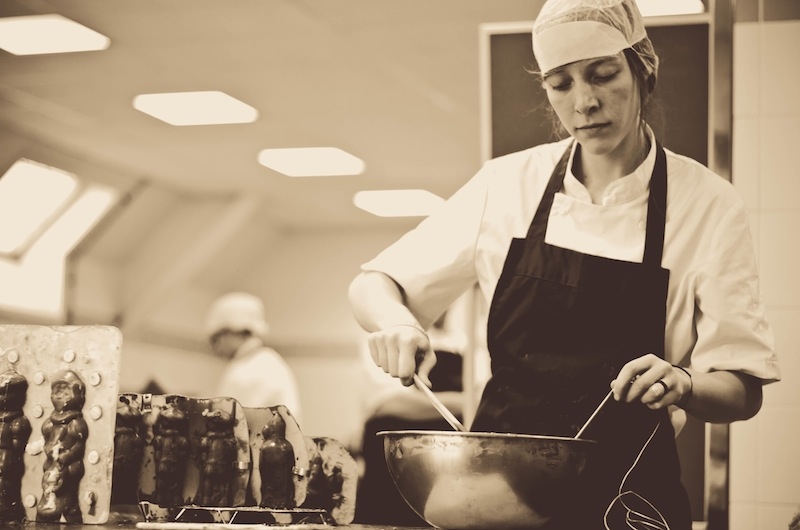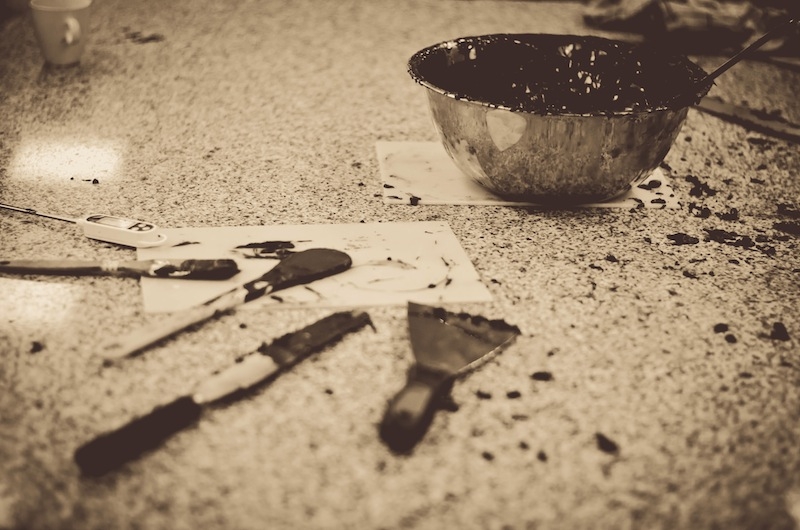I go to Ireland a lot.
And I love it.
One thing is for sure. Irish people know how to talk. When they find out I’m a Belgian (which sometimes takes a while given my adopted Warrenpoint accent), I am usually asked about Belgian chocolate.
I get asked the same questions all the time. What makes Belgian chocolate so special? How has Belgian chocolate become so famous? What are the reasons why Belgian chocolate is so good?:
WHY BELGIAN CHOCOLATE IS SO GOOD
1. HISTORY
Belgium has a troubled colonial past with the Congo which became their gateway to Africa’s cocoa plantations and resulted in Belgium bringing back cocoa beans to Europe from Africa from around the 1880s. This early access to cocoa before many other nations and the ability to understand how best to process the beans enabled Belgians to produce quality chocolate before anyone else in Europe and before most countries in the world. Even the Swiss, who are famed for their chocolate, learnt much of what they know from the Belgians.
Another historical development which has seen Belgian chocolate become recognised as one of the best chocolate nations in the world is its location at the heart of Europe. For years, people have been passing through on their way to other major locations in Western Europe and have been stopping off to pick up a gift of chocolate for their loved ones. ‘Oooh, Belgian chocolates – I hear they make great chocolates there’.
2. ENGINEERING
Belgians are good at engineering. We’re good at developing processes. We’re good at creating systems. For this reason, we were one of the first countries to come up with machines which could mix the cocoa beans really thin so that the chocolate was extremely smooth.
Another example of this Belgian innovation was the process created by Jean Neuhaus in 1912 when he developed a way to make a cold shell of chocolate for what he called ‘pralines’. These were different because they offered a mechanism whereby for the first time the chocolate could be filled with a variety of flavoured nougats or creams, such as coffee, hazelnut, fruit or even more chocolate. No one else at that time could make chocolate with such a complexity of flavour and this development changed the way people would eat chocolate forever.
3. CULTURE
Just as many Italian villages have a specialty olive oil supplier and many French villages have a local vineyard, so is it true that every Belgian village has its own small chocolate shop. Recipes have been passed down through families for generations. This culture extends to both the quality of ingredients used and the care that is taken when making the chocolate. The vast majority of Belgian chocolate is made not by large manufacturing companies, but in small family chocolate shops by hand and using very basic equipment.
When I make handmade truffles, or pralines, or chocolate moulds in our kitchen, I am inspired by the chocolate shops that I visit on the streets of Ghent, Antwerp and Bruges all the time. The thought and care that has gone into making something that the chocolatier wants me to really enjoy is something that I want to be able to replicate for those who will eat my chocolate, whether it’s family, neighbours, friends or even Breandán!






